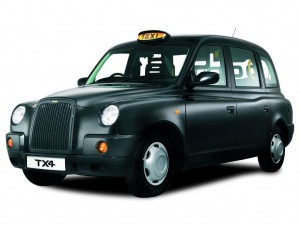THE CHAIR
I recently visited the Knoll Museum, which is in Knoll’s headquarters in East Greenville, Pa. “Museum” makes it sound grander than it is; it’s more like a showroom with 70-odd chairs on the floor. What makes it better than any design museum I’ve ever visited is that you can sit in the chairs. Simply looking at a chair is kind of pointless; about as useful as being shown photographs of food. So I sat. Mies’s Barcelona Chair was pretty comfortable, although hard to get up out of. Breuer’s B35 lounge chair, which I’ve always admired but never sat in, was disappointing—the top bar cut into my back.

